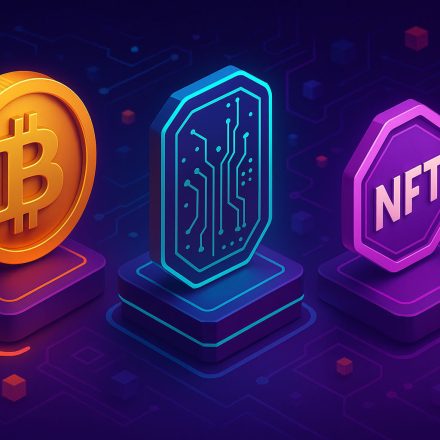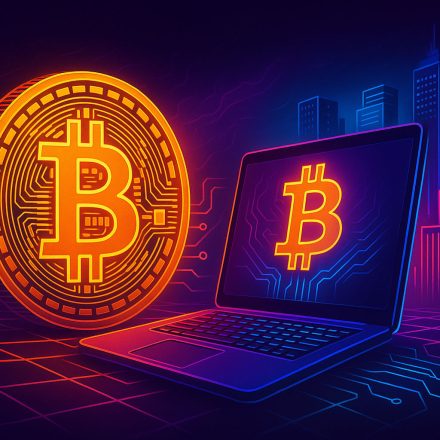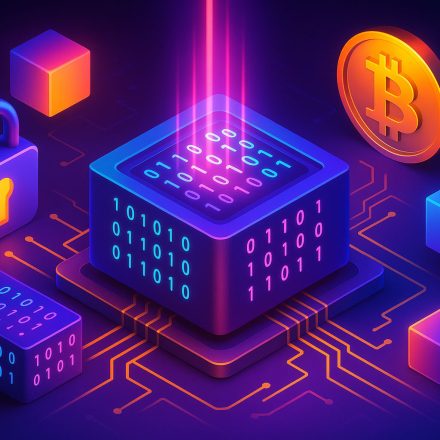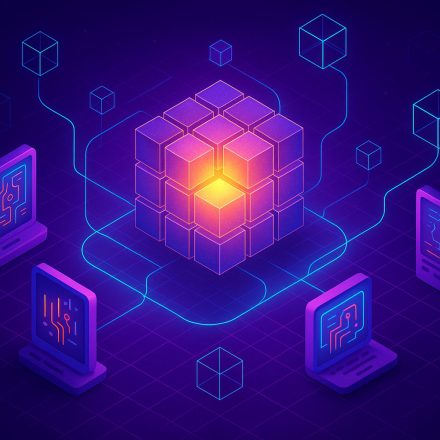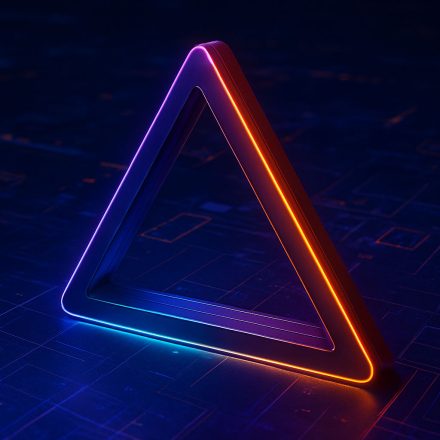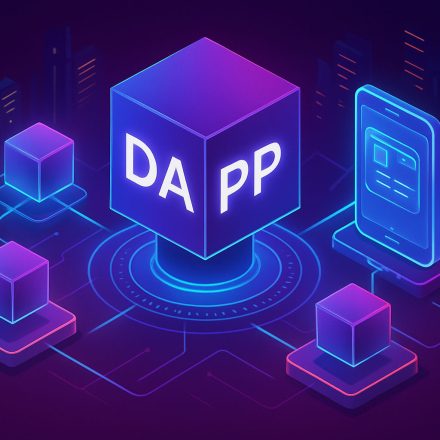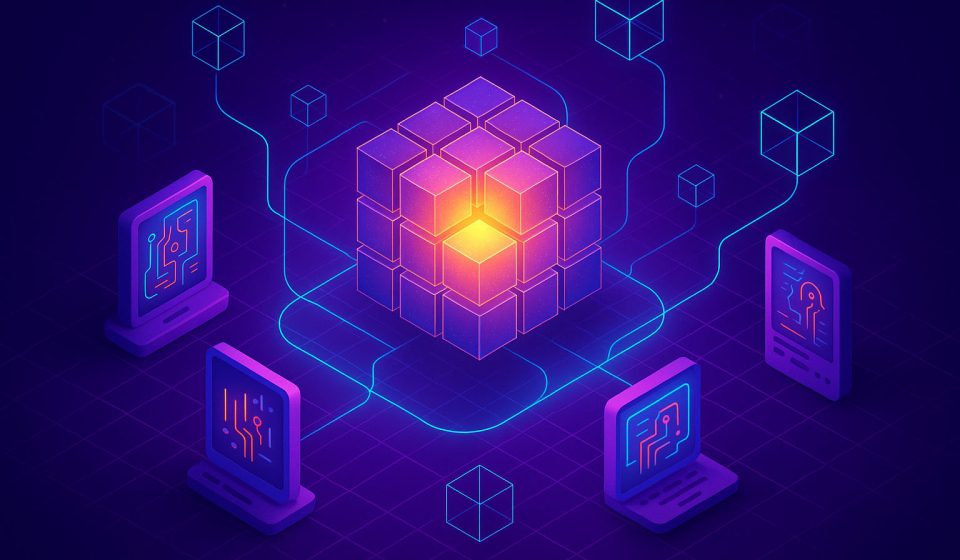
🌐 What Does Decentralized Actually Mean? 7 Key Insights
What does decentralized actually mean is a critical question for anyone exploring blockchain, cryptocurrencies, or Web3. Decentralization is one of the founding principles of blockchain technology — but it’s often misunderstood or oversimplified.
Table Of Content
This article dives deep into what decentralized actually means, why it matters, and how it shapes the digital future.
🔎 The Core Meaning of Decentralization
In simple terms, decentralization refers to the transfer of control and decision-making from a centralized entity (such as an individual, organization, or government) to a distributed network.
In decentralized systems:
- No single authority controls the system.
- Power is distributed among participants.
- Trust is built into the system design rather than requiring third parties.
⚙️ How Decentralization Works in Blockchain
Blockchain technology uses decentralization to store data across many nodes (computers) instead of a single server. Each node maintains a copy of the entire ledger, and all nodes work together to validate and record new transactions.
Because of this distributed setup:
- Data is transparent and verifiable.
- Censorship becomes nearly impossible.
- Single points of failure are eliminated.
Learn about blockchain basics here:
Blockchain Basics
🧩 Types of Decentralization
| Type | Description |
|---|---|
| Architectural Decentralization | No single point of failure (distributed servers). |
| Political Decentralization | No single person or organization controls the network. |
| Logical Decentralization | The system behaves like a single entity, but is powered by many. |
A truly decentralized blockchain must address all three types to maintain resilience.
🌟 Why Decentralization Matters
Understanding what does decentralized actually mean helps explain why blockchain technology is so revolutionary.
Benefits of decentralization include:
- Enhanced security and resilience
- Greater transparency and trust
- Increased accessibility (open networks)
- Censorship resistance
- Reduced monopolistic control
🏛️ Examples of Decentralized vs Centralized Systems
| Category | Centralized Example | Decentralized Example |
|---|---|---|
| Finance | Traditional Banks | Bitcoin, Ethereum |
| Communication | Facebook Messenger | Matrix.org, Status.im |
| Storage | Google Drive | IPFS, Filecoin |
| Social Media | Mastodon, Lens Protocol |
Decentralized alternatives give users more freedom and control, but often require greater technical understanding.
🚧 Challenges of Decentralization
While decentralization offers many advantages, it’s not without downsides:
- Complexity: Harder to design and maintain distributed systems.
- Speed: Decision-making can be slower without central leadership.
- Scalability: Blockchain networks can face congestion issues.
- Coordination: Updating decentralized systems (like blockchains) requires broad consensus.
Projects often have to balance decentralization with usability and efficiency.
🎯 Final Thoughts
What does decentralized actually mean goes far beyond buzzwords — it’s a design philosophy that empowers users, improves system resilience, and builds trust into technology.
As blockchain, cryptocurrencies, and Web3 continue to grow, understanding decentralization will be key to navigating this new digital world. It’s not just a technical feature — it’s a fundamental rethinking of how systems operate.
🔗 Learn More
Internal Link → Blockchain Basics
External Link → https://ethereum.org/en/developers/docs/consensus-mechanisms/pos/









